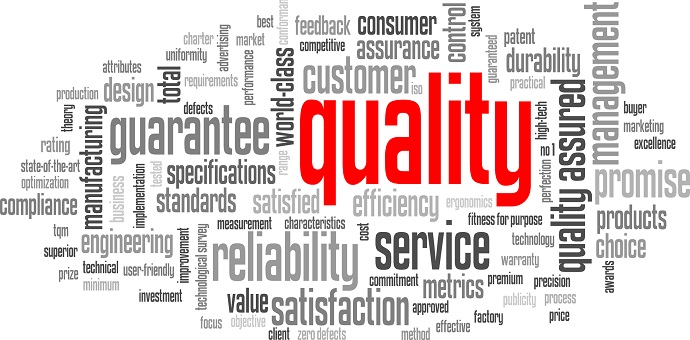When we speak about Organisational Compliance we are talking about compliance with all external regulatory requirements together with the internal obligations driven by all “internal” company documentation, manuals and procedures.
The Quality Manager is required to head up the this independent process for performing gap analysis (auditing for conformity) of the organisations documentation systems and processes. Any finding becomes a “discrepancy” and generates the need for “corrective action”
An Effective Organization System is more than just correcting defects it is about understanding the fundamental causal reasons for the discrepancy – Root Cause !
Quality Control is the responsibility of the individual nominated persons and business area owners.
The Business area owners (NP) are also responsible for the root cause analysis ( A source of great challenge in many organisations not least because of the Dilema of the two “p’s” (Production & Protection) – Discuss !
Quality Control is delivered through the development of regulatory compliant organisational processes and procedures which are followed by suitably trained and competent organisational staff.
Independently all QC processes should be audited by the QA process.
The organization has an inherent obligation to ensure compliance and this is further evidenced by the obligation of the Accountable Manager “AM” to sign a statement accepting responsibility for the organization to remain in compliance with all mentioned requirements.
The Accountable Manager is not required to be a specialist in the way that the Nominated Persons (Post Holders) are required to demonstrate specific background knowledge experience and competence to the regulator before being allowed to commence “Post Holder” Duties.
So we should share the understanding that one of the roles of the NP / Post Holder is to protect the Accountable Manager by ensure that all required compliances are satisfied in respect of the relevant business area.
How can we test the effectiveness of this management Communication Process – How is it evidence & How is the effectiveness Measured ?
It is a fact that anything omitted in terms of oversight by the regulator due to time manpower or other constraints will not be missed by agencies such as the National Transportation Safety Board NTSB or Aircraft Accident Investigation Board AAIB.
General Discussion
During Accident and Incident Investigation – many additional items come to light which were hitherto not otherwise visible
Why do you think this is?
What has this got to do with Root Cause Techniques?
The Quality Manager is also responsible to “Protect” the Accountable Manager by ensuring that all significant organisational non conformities are brought to the attention of the AM.
Once we accept the above we can focus on the importance of the QM.
To finish with two comments :
It is the responsibility of the NP / Business Area owner to comply with the requirements – not to wait to be told by the Quality Manager ! (Can we see indicators of this behavior during audits – if so what would they be ? Again related to RCA )
If the regulator finds an organizational deficiency it is possibly an indication that the independent Quality Audit system has failed to identify the shortfall
(Another indicator of a potential weakness within the organization’s oversight system.)
For more information please check our SOL section – SMS & Quality or email us at online@sassofia.com
Tags:
Aviation Quality Audit, Root Cause Analysis, Organisational Compliance




